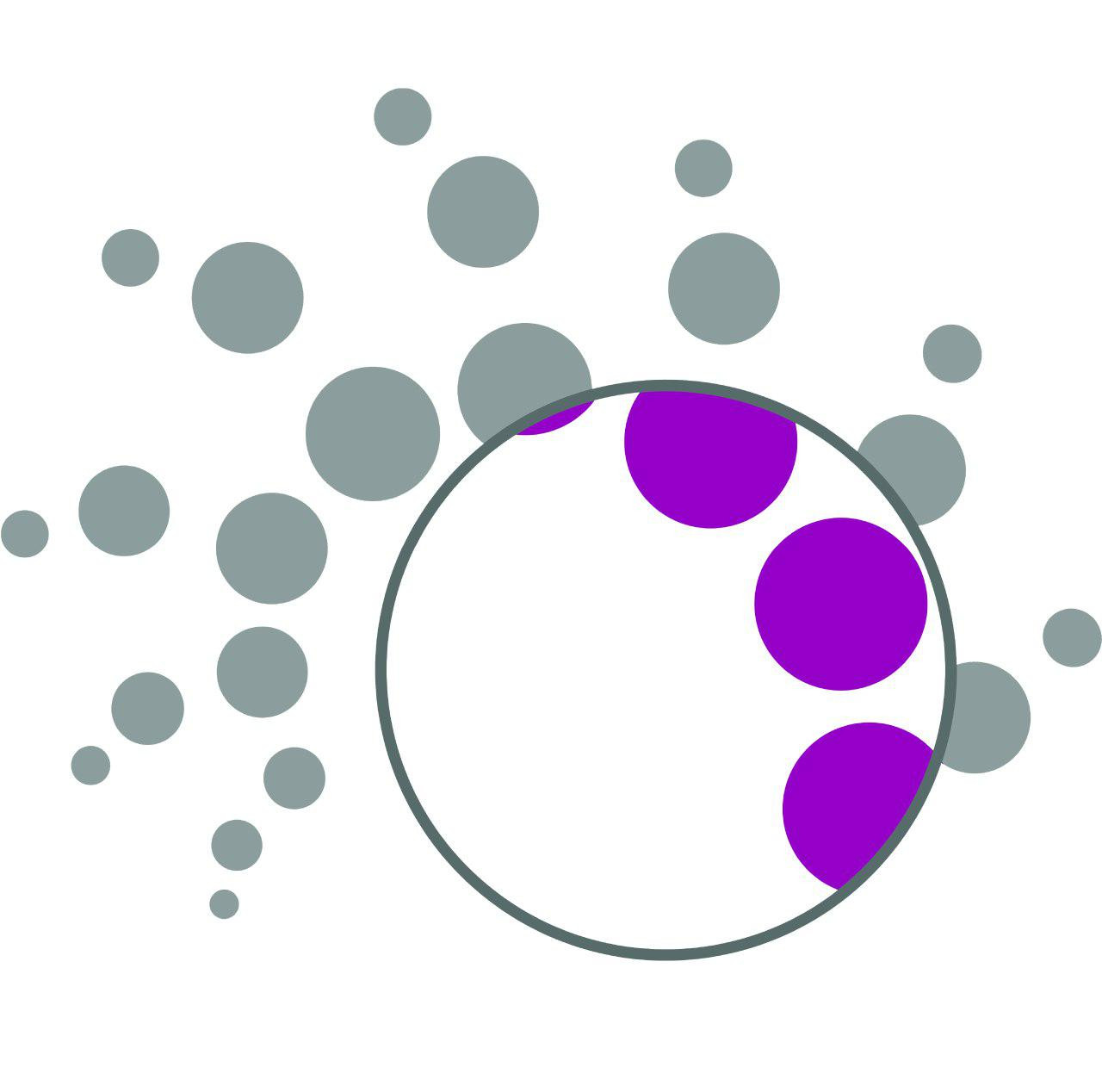Plasma is the fourth state of matter and is a pack of ions in which the number of positive ions equals to the number of electrons. At normal pressure plasmas are mostly hot (around several thousand degrees Celsius), so it is difficult to control them. In order to improve performance, researchers have succeeded to produce cold plasma at normal pressure and room temperature. Dielectric Barrier Discharge (DBD) is one of the most common methods for generation of cold plasma. Researchers have found a new way to inactivate bacteria using cold plasma. The cold plasma eliminates deadly viruses and can be an alternative and very apt method for fast and reliable sterilization of pharmaceutical equipment.
DBD, as a novel and innovative way in production of cold or non-thermal plasma, is one of the methods which have been developed for sterilization. Recently, this method has been widely considered in different fields of science and technology. DBD is occurrence of an electric discharge between two metal electrodes which at least one of them is covered with dielectric material. By applying alternative voltage to the electrodes, non-thermal plasma of dielectric barrier discharge is generated in atmospheric pressure. Some applications of this technology are in food industry and agriculture. Food surface decontamination and seed germination are two attractive applications of DBD plasma.
Some applications of cold plasma are as follows:
- Surface decontamination including food surface
- Decomposition of chemical compounds including pesticides from food surface
- Seed germination
- Plasma surface processing
- Increasing the surface hydrophilicity
Details of technical specifications are presented in the following Table.
In general, one of the most important issues regarding the relationship between plasma equipment and nanotechnology is the ability to create or enhance nanoscale surface roughness. In this case, it is expected that the wettability and color absorption of surfaces such as fibers or textiles increase. The other case is the presence of a surface-activated layer which noticeably improves the adhesion of coatings and nanolayers through the formation of bondings at atomic level.



